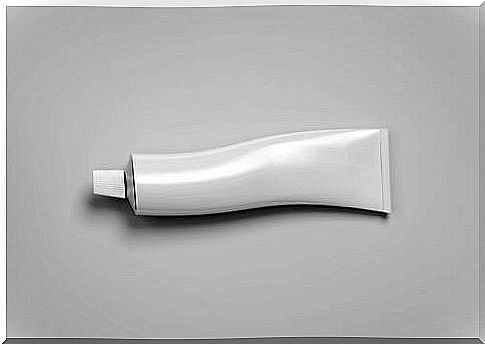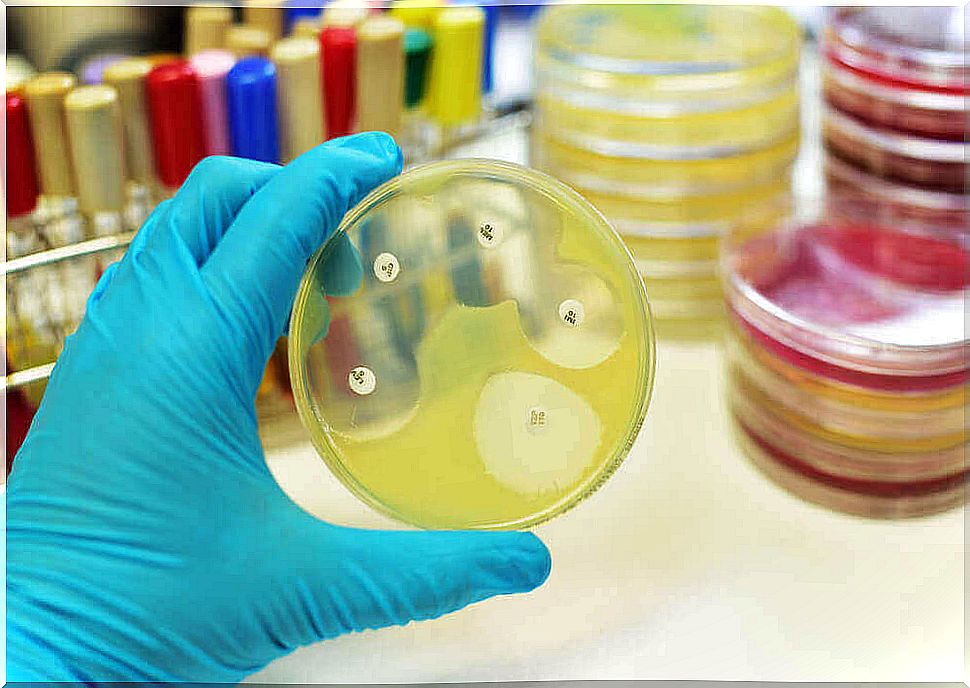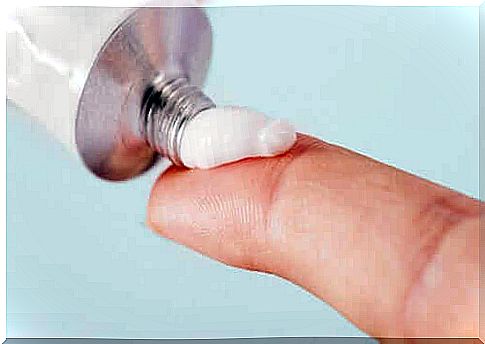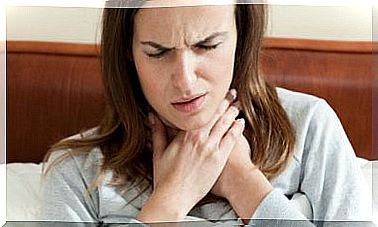What Is Bactroban?
The active substance in Bactroban, mupirocin, is an antibiotic obtained by the fermentation of Pseudomanas fluorescens.

Bactroban is the trade name for an antibiotic ointment whose active substance is mupirocin. Each gram of ointment contains 20 mg of mupirocin, an antibiotic obtained by the fermentation of Pseudomonas fluorescens . This is an antibiotic ointment that is active against the vast majority of bacteria that cause skin infections.
How does Bactroban work?

This drug exerts its effect by preventing bacterial protein synthesis, by inhibiting the enzyme isoleucil-tRNA synthetase.
Due to its mechanism of action and chemical structure, it does not produce cross resistance with other antibiotics. Mupirocin is bacteriostatic at minimum inhibitory concentrations and bactericidal at higher concentrations achieved by topical application.
What is it used for ?
Mupirocin is indicated for the treatment of skin infections caused by susceptible microorganisms. It is therefore indicated in the treatment of primary skin infections, such as folliculitis, impetigo or forunculosis.
However, it is also prescribed for the appearance of secondary dermatological infections, such as superinfected contact dermatitis, infected wounds, atopic dermatitis and eczematous dermatitis, provided that they are of limited extent.
Mupirocin is a topical antibacterial agent which exhibits in vivo activity against β-hemolytic Staphylococcus aureus, S. epidermis and Streptococcus species .
However, in vitro , the spectrum of its activity includes bacteria such as:
- Staphylococcus aureus and Staphylococcus epidermidis.
- Streptococcus species
- Haemophilus influenzae
- Neisseria gonorrhoeae and Neisseria meningitidis
- Moraxella catarrhalis
- Pasteurella multocida
If you have been prescribed Bactroban to treat nipple cracks, it is necessary to wash the nipple well before feeding the baby.
How to use Bactroban?

Mupirocin is applied 2-3 times a day for 5-10 days, depending on the response. If after 3 to 5 days of treatment, there is no improvement, it is necessary to reconsider the diagnosis and / or the treatment.
The first thing to do is to wash and dry the area to be treated. Then apply a small amount of the ointment and, if necessary, cover it with an occlusive bandage or gauze.
It should not be mixed with other ointments, as there is a risk of dilution. This would lead to a decrease in the antibacterial activity and therefore a possible loss of stability of the mupirocin in the ointment.
Adverse effects and contraindications
The described side effects that may occur with Bactroban are determined on the basis of safety data pooled from a clinical trial population of 1573 treated patients spanning 12 clinical studies.
In the skin and subcutaneous tissues, a localized burn may occur on the application area. Less commonly, itching, erythema and tingling may occur. Allergic reactions, including anaphylaxis, generalized rash, urticaria and angioedema have also been reported.
The use of mupirocin is contraindicated in patients with a history of hypersensitivity to this active substance and to other components which appear in its formulation.
If you are pregnant, or think you may be, without information on the subject, do not use mupirocin. In addition, if you are breast-feeding, it should not be used either, as it can pass into the milk and affect the baby.
What should you keep in mind?
In the event of a sensitization reaction or strong local irritation while using this medicine, you should stop the treatment and remove the applied product. As an antibiotic with antibacterial action, prolonged use of the product may lead to the overgrowth of non-susceptible organisms.
Patients are unlikely to experience diarrhea while taking mupirocin because it is administered topically.
However, if the patient suffers from prolonged or severe diarrhea, or abdominal cramps, treatment should be discontinued and medical attention should be sought.
Bactroban should not be used when there is evidence of kidney failure. This is because it contains macrogol. The damaged skin can absorb this substance, which the kidneys will then take care of removing.
Care should be taken not to use it on very large areas of skin. In the event of an overdose, there is no specific treatment. Although, if it does occur, the patient should receive supportive treatment and, if necessary, follow-up.
Conclusion
Mupirocin is prescribed for the treatment of skin infections caused by susceptible microorganisms. When using it, national recommendations for the appropriate use of antibacterials should be taken into account.









